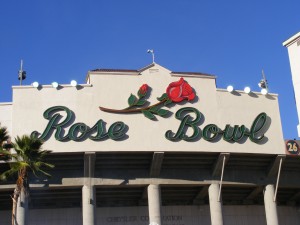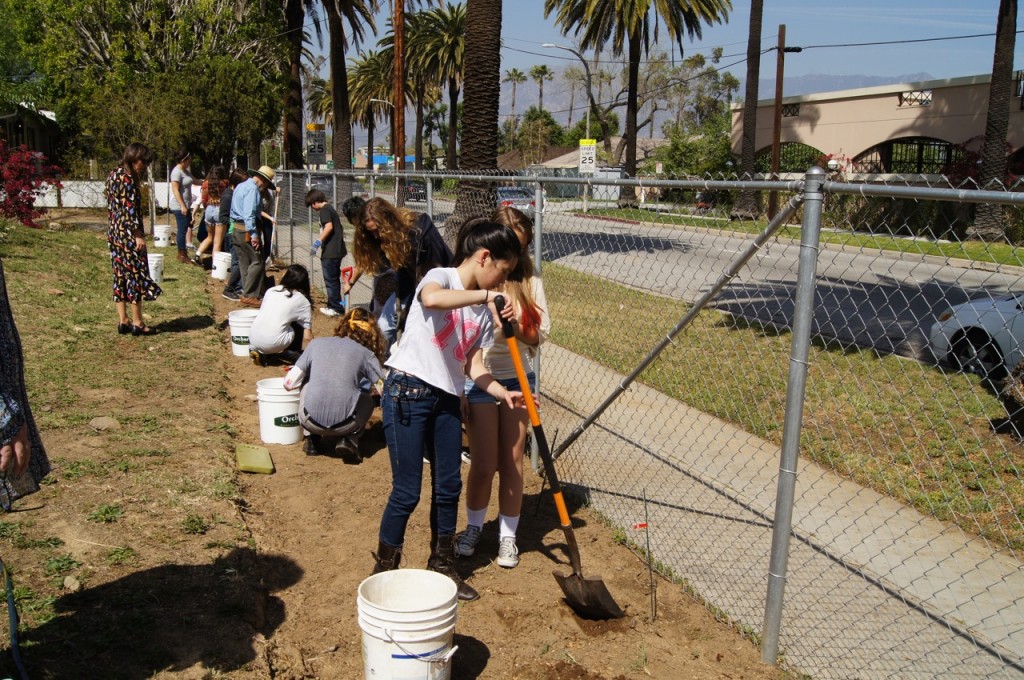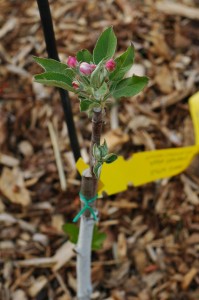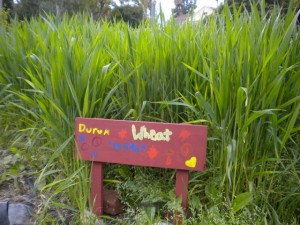It’s no surprise that Pasadena is a desirable place for families to live. Beautiful homes, historic venues, ethnic diversity and lots to do make the city a sought after location to raise a family. But, when it comes to educating your kids there, you may be surprised at how competitive it can be to gain acceptance to a top private school.
Pasadena has a seemingly large number of private schools given its geographic size. But, what makes Pasadena different than any other competitive private school market? A few important factors converge within Pasadena to create highly desirable private schools, with far more applications than available openings for kindergarten.
Geography. Pasadena has about 50 private schools within the boundaries of the Pasadena Unified School District (source: Pasadena Sun). However, the demand for top private schools in Pasadena still far exceeds the supply of available spaces. Part of the challenge for applicant families is that those parents who live outside Pasadena in surrounding areas also apply to Pasadena schools. But, families who live in Pasadena find it difficult to apply to schools in Studio City or Santa Monica. So, incoming applications from outside the San Gabriel Valley add to the volume of applicants, while L.A. schools are less desirable for families living in the city due to driving distance.
Legacy Families. Part of what makes Pasadena such a close-knit, wonderful community is the fact that families remain there for many generations. These same families also send their kids to the schools they attended. Tradition is an important part of what makes Pasadena unique. Some families have been in the city for many generations. This makes the “legacy factor” a formidable part of the Pasadena private school community. Legacies who date back many generations with a school and who have remained active alumni, are well positioned (but not guaranteed) to gain admission. Some schools have deeper legacy ties than others, particularly the older schools who have adult alumni with their own kids and grandchildren. Legacy families are both wealthy and middle income. Some need financial aid. But, competition is so fierce that even legacy families worry about getting in and therefore apply to multiple schools!
If you’re planning to apply to private elementary schools in the Pasadena area, you’ll find a mix of traditional, religious and progressive schools. As we’ve said before, tour schools to see for yourself whether they will be right for your child and your family. Don’t take the word of another parent. Don’t listen to rumors about a specific school. Go see it with your own eyes!
“For reasons unrelated to the application process, my husband and I wrote a mission statement detailing our family values and goals about a year before we applied. Writing this mission statement not only proved to be extremely helpful in aligning our family values with our individual and familial activities, but also served as a blueprint for our responses to the essay questions.
She continues, “The kindergarten application process is your time to show that you are “walking the walk” and not just “talking the talk.” When speaking of family values some may reference the arts, community service, athletics or diversity, but at the root of all the essay questions is whether your reverence for those values is reflected in your activities with your child.” –Mom of Polytechnic kindergartner (She is a graduate of Polytechnic)
When I asked a dad I know why Pasadena private schools are so competitive, his half-serious answer was, “Parental hysterical!” – Chandler School Dad
When applying, you should note that Pasadena school use Integrated Learning Solutions to administer testing required as part of the kindergarten application process. (L.A. schools test kids at their own schools).
Here are a few previous posts related to Pasadena area private schools:
1. Our Waverly School Experience by Samantha Sackin
2. The Pasadena Private Schools Race: Families Face Competition In Private Schools Race-Pasadena Sun
3. How To Apply To Private Elementary Schools by Christina Simon in the S. Pasadena Patch.





